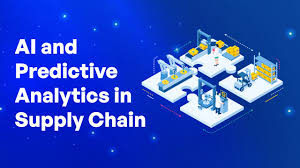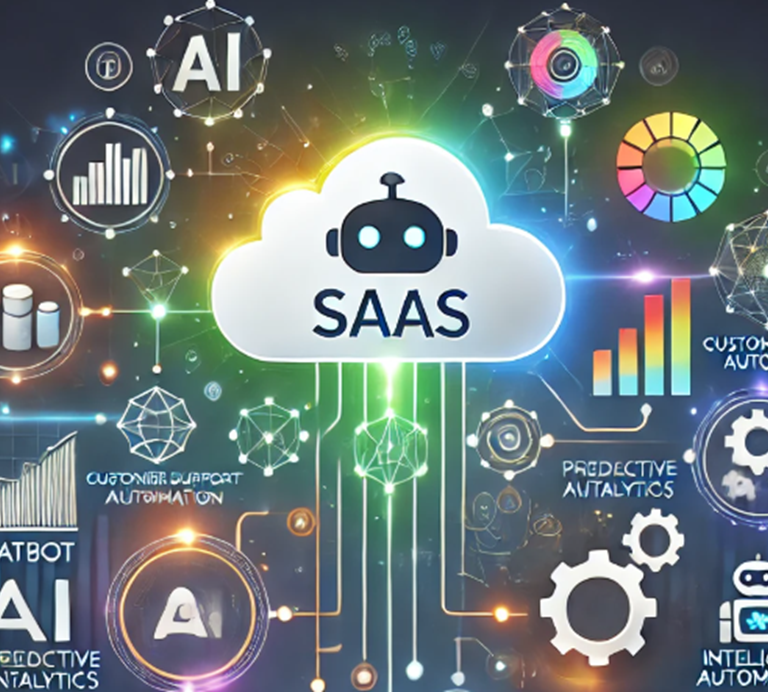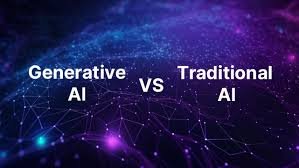Building a Learning Experience Platform (LXP) is a transformative endeavor that redefines how organizations deliver personalized and engaging learning content. By leveraging advanced technologies, LXPs provide tailored learning experiences, boosting engagement and knowledge retention. This guide outlines essential steps, key features, and best practices for creating a top-notch LXP that meets the evolving needs of learners and organizations alike.

What is a Learning Experience Platform (LXP)?
A Learning Experience Platform (LXP) is a user-centric digital tool that delivers personalized learning experiences. Unlike traditional Learning Management Systems (LMS), which are often administrator-driven and rigid, LXPs empower learners to take charge of their learning journeys. By using artificial intelligence (AI), LXPs recommend resources that align with individual preferences, skill gaps, and learning histories. They prioritize user engagement and adaptability, offering a modern solution for corporate learning and development while addressing the limitations of legacy LMS systems.
Key Features of a High-Performing LXP
To create an effective LXP, prioritize the following features:
1. Personalized Learning Paths
Personalization lies at the heart of an LXP. Use advanced AI algorithms to analyze user data, including their roles, previous learning activities, and career goals. Deliver customized content recommendations that are not only relevant but also engaging. This targeted approach fosters better knowledge retention and learner satisfaction.
2. Content Aggregation
An effective LXP acts as a central hub for all types of learning materials. Integrate diverse content formats such as videos, articles, podcasts, e-books, and interactive modules. By offering a rich variety of content sources, including third-party integrations, you can cater to different learning styles and preferences.
3. User-Friendly Interface
A seamless user experience (UX) is crucial for learner engagement. Design a clean, intuitive, and responsive interface that minimizes the learning curve. Ensure that learners can easily navigate through the platform, access content, and track their progress without any technical hurdles.
4. Social Learning Features
Learning is often more effective when it’s collaborative. Include features that enable peer-to-peer interaction, such as discussion forums, live chat, and group projects. Social learning encourages knowledge sharing, fosters a sense of community, and drives engagement.
5. Analytics and Reporting
Data-driven insights are essential for continuous improvement. Implement robust analytics to track various metrics such as learner progress, content effectiveness, and overall engagement. Use these insights to identify trends, optimize content delivery, and measure the ROI of your LXP.
6. Mobile Accessibility
Modern learners demand flexibility. Ensure your platform is mobile-optimized so users can access content anytime, anywhere, on their preferred devices. A responsive design enhances usability and supports learning on the go.
7. Gamification Elements
To boost motivation and engagement, incorporate gamification features like badges, leaderboards, and rewards. These elements make learning more interactive and fun, encouraging learners to achieve their goals.
8. Integration Capabilities
Seamlessly integrate your LXP with other enterprise systems, such as HR platforms, CRM tools, and LMS software. This ensures a unified ecosystem that simplifies workflows and enhances the overall user experience.
Step-by-Step Process to Build an LXP
1. Conduct a Needs Analysis
Start by identifying the learning goals and requirements of your target audience. This foundational step ensures your platform aligns with user needs and organizational objectives:
- Define the Target Audience: Who are the learners? What are their roles, expertise levels, and learning preferences?
- Identify Skill Gaps: What specific skills or knowledge areas need to be addressed?
- Set Measurable Goals: Determine clear success metrics, such as improved employee performance, reduced training costs, or increased learner engagement.
2. Perform Market Research
A thorough understanding of the competitive landscape can inform your strategy:
- Analyze Competitor Platforms: Study popular LXPs to identify their strengths, weaknesses, and unique features.
- Identify Gaps: Look for unmet needs or areas where existing platforms fall short.
- Stay Updated: Keep an eye on the latest trends in learning technology, such as AI advancements and microlearning techniques.
3. Define Technical Requirements
Translate your research findings into actionable technical specifications:
- Select a Technology Stack: Choose robust frameworks and programming languages that ensure scalability and performance.
- Plan for Integrations: Outline APIs and tools required for seamless connectivity with other systems.
- Address Scalability: Design for future growth, accommodating increasing users, content, and features.
4. Design the User Experience (UX) and User Interface (UI)
The design phase is critical for creating a platform that appeals to learners:
- Wireframes and Prototypes: Develop detailed visual representations of your platform’s layout and functionality.
- User Testing: Conduct usability tests with real users to gather feedback and refine designs.
- Accessibility: Ensure compliance with accessibility standards to make the platform inclusive for all users.
5. Develop the Platform
Partner with an experienced development team to bring your vision to life:
- Front-End Development: Focus on creating a visually appealing and responsive interface.
- Back-End Development: Build a robust back-end that supports AI algorithms, analytics, and integrations.
- Security: Implement advanced security measures, such as encryption, firewalls, and regular audits.
6. Test the Platform Thoroughly
Quality assurance ensures a seamless user experience:
- Functionality Testing: Verify that all features work as intended.
- Performance Testing: Test the platform under varying user loads to ensure reliability.
- Security Testing: Identify and resolve vulnerabilities to protect sensitive user data.
7. Deploy and Gather Feedback
Launch the LXP in a controlled environment to test its performance:
- Pilot Rollout: Introduce the platform to a select group of users and collect feedback.
- Monitor Usage: Use analytics to assess engagement and identify potential issues.
- Iterate: Make necessary adjustments based on user input before a full-scale launch.
8. Continuous Improvement
The work doesn’t end after deployment. Regular updates keep your platform relevant:
- Content Updates: Add fresh learning materials to maintain engagement.
- Feature Enhancements: Introduce new functionalities based on user demands and industry trends.
- Ongoing Monitoring: Use analytics to track performance and make data-driven improvements.
Best Practices for Building an LXP
1. Prioritize Personalization
Utilize advanced AI to deliver tailored learning experiences that align with individual learner profiles. Personalization fosters deeper engagement and more meaningful outcomes.
2. Ensure Scalability
Design the platform to handle growth effortlessly. A scalable LXP accommodates additional users, content, and features without compromising performance.
3. Focus on Security
Protect user data with robust encryption, secure authentication methods, and regular security audits to maintain trust and compliance.
4. Optimize for Mobile Learning
A mobile-first approach ensures learners can access the platform conveniently, supporting flexible learning environments.
5. Facilitate Seamless Integration
Enable the LXP to connect with existing systems, such as HR platforms or CRM tools, to streamline workflows and enhance usability.
Conclusion
Developing a Learning Experience Platform (LXP) is a strategic initiative that requires meticulous planning, innovative technology, and a learner-focused mindset. By incorporating essential features, following a structured development process, and adhering to best practices, you can create an LXP that delivers personalized, impactful learning experiences. A well-designed LXP empowers learners, improves knowledge retention, and drives organizational success in today’s rapidly evolving landscape.






